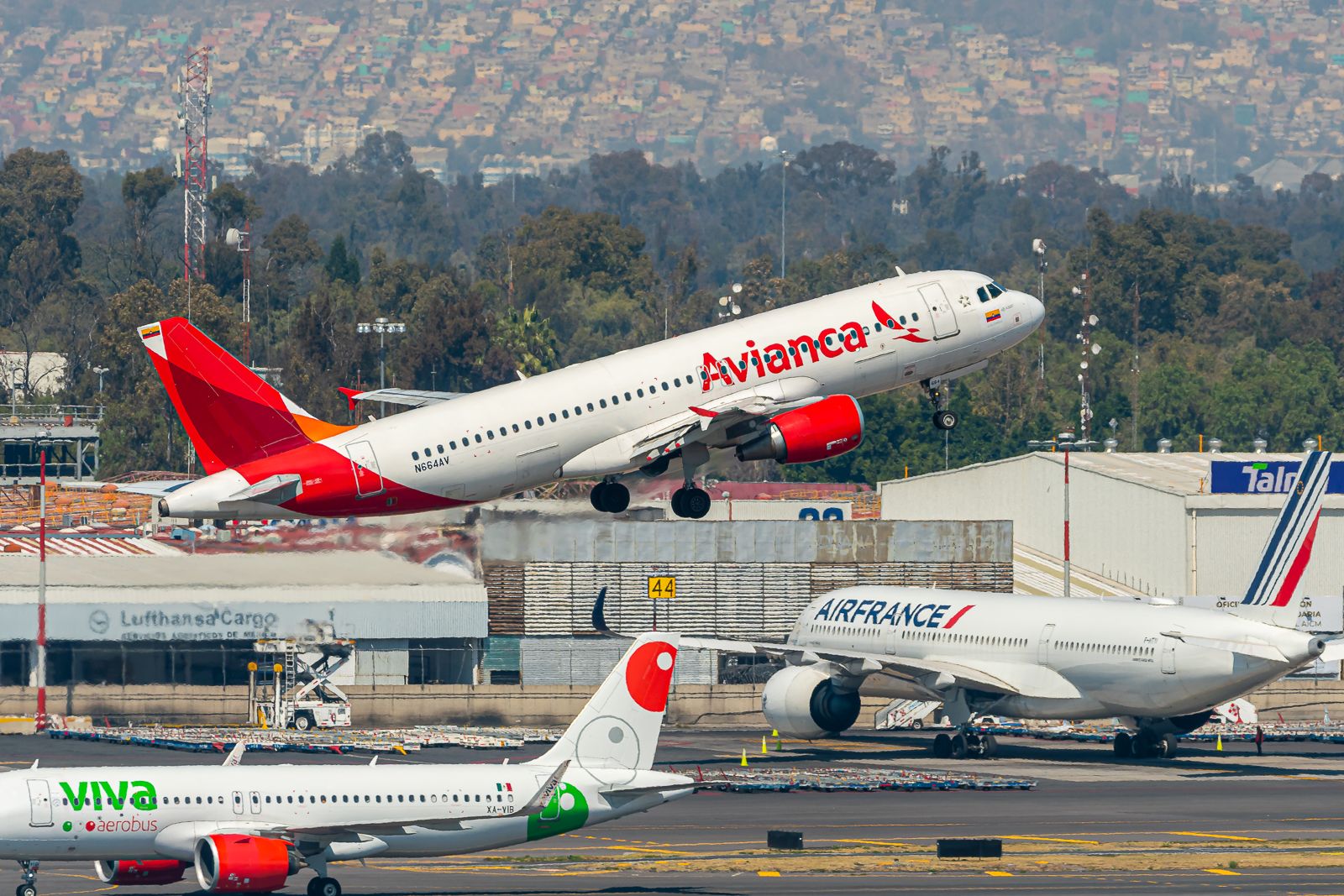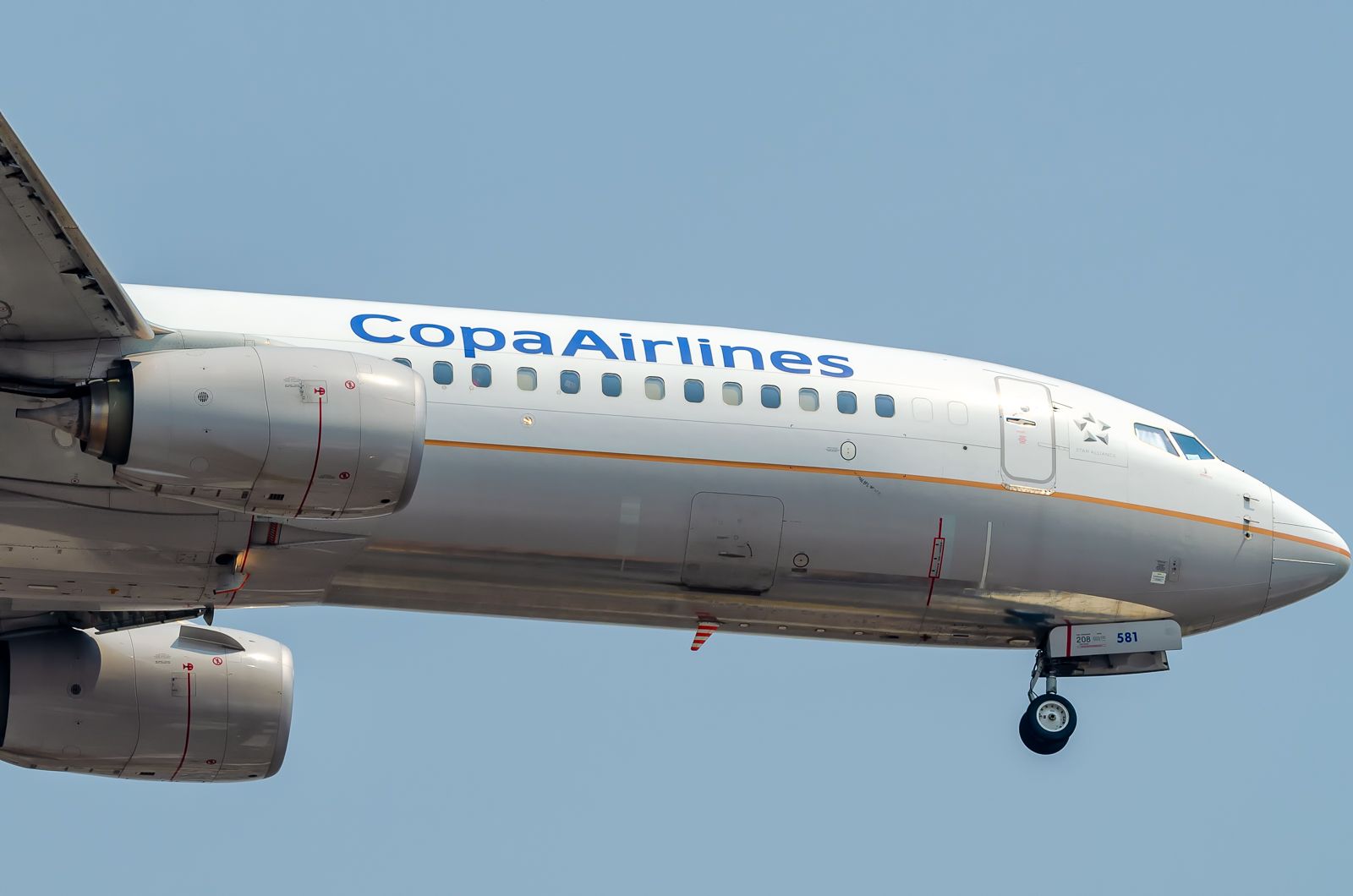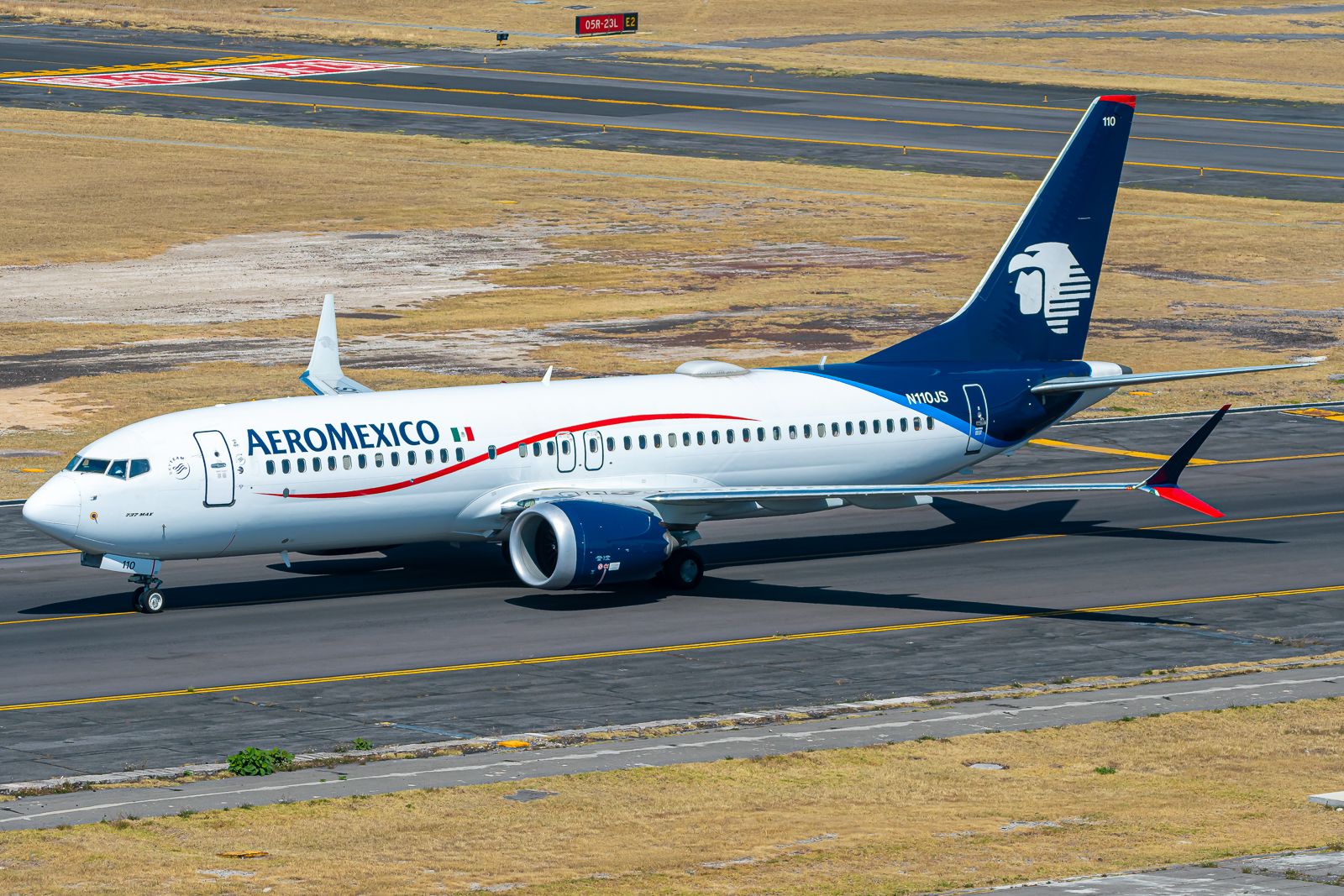The Latin American & Caribbean air transport industry exceeded its 2019 passenger levels in March. This is the third time the region has gone well above pre-pandemic traffic levels, fueled by strong recoveries in countries such as Mexico, Colombia, and the Dominican Republic.
This is good news
The Latin American & Caribbean Air Transport Association (ALTA) stated that the region’s recovery in March is good news amid the intense forecasts facing the industry, especially in economic matters. Previously, the region had only exceeded pre-pandemic traffic levels in September and December 2022.
According to ALTA, the region posted a 0.6% growth in terms of traffic versus three years ago. Latin America & the Caribbean was only surpassed globally by Africa, which had a 1.7% growth. The Middle East had a 0.5% growth. All the other regions remained under pre-pandemic traffic levels, with Europe having the worst recovery this month, with only an 85.5% bounce back.
“March showed a slight recovery compared to the two immediately preceding months, but economic forecasts for Latin America and the Caribbean (LAC) for this year reflect a slowdown that will have a negative impact on air passenger demand in the region,” explained José Ricardo Botelho, Chief Executive Officer at ALTA, the most important airline association in the region.
According to the International Monetary Fund (IMF), Latin America & the Caribbean could close in 2023 with a 13% inflation rate. This variable will negatively impact the demand for travel and tourism services. Additionally, most of the airlines’ costs are in dollars which also impacts the bottom lines of carriers in the region as they face strong devaluations compared to 2019 (with some exceptions, such as Mexico; a US dollar in 2019 was worth 19.09 Mexican pesos and today is worth 17.59 pesos).
Mexico, Colombia, and the Dominican Republic led the way
Mexico (led by Volaris, Viva Aerobus, and Aeromexico), Colombia (led by Avianca and LATAM), and the Dominican Republic (led by Arajet) led the region’s recovery. In the domestic markets, Mexico posted a traffic level growth of about 21% in March, while Colombia exceeded its pre-pandemic levels by 14%. Internationally, these two countries grew by 10% and 19%, respectively, while the Dominican Republic reached 109% of its 2019 levels.
Nonetheless, both Colombia and Mexico face complex challenges that could derail their growths. Colombia has recently lost two airlines after the bankruptcies of Viva Air and Ultra Air. Moreover, the increase in the Value Added Tax (VAT) on the tourism chain has deeply impacted the country’s demand. The International Air Transport Association (IATA) recently urged the Colombian government to drop the VAT. Mexico is still downgraded to Category 2 by the Federal Aviation Administration (FAA), although positive developments have been recently reached. The government claims to be ready to have a final audit and recover Category 1 status.
Unequal recoveries
While Brazil, Mexico, Colombia, Argentina, Chile, and the Dominican Republic have had strong traffic recoveries in the last few months, the same can’t be said for other countries in the region. ALTA stated that the remaining nations have not recovered their 2019 levels, with Cuba being the most affected with a 34% reduction over its pre-pandemic levels.
What do you think about the recovery in the region? Which other challenges do you see? Let us know in the comments below.
Find the latest South American aviation news here.



